Argentinean coins online catalog and price guide
Argentinean Provinces
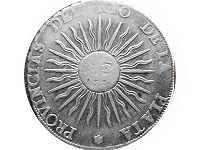 Rio of la Plata (1810-1931)
Rio of la Plata (1810-1931)
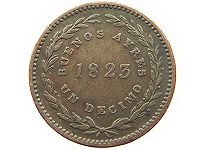 Buenos Aires (1822-1861)
Buenos Aires (1822-1861)
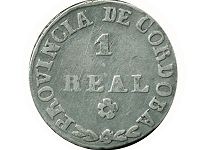 Córdoba (1833-1852)
Córdoba (1833-1852)
Coins of the Argentina
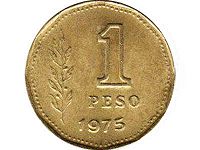 Coins of Argentina since 1821
Coins of Argentina since 1821
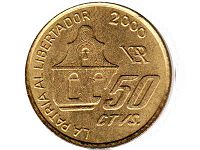 Commemorative coins
Commemorative coins
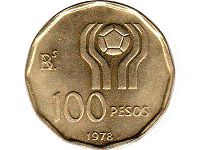 Soccer World Championship
Soccer World Championship
 |
ONLINE COINS CATALOG |  |
| Index » World coins » America » Argentina |
 Rio of la Plata (1810-1931)
Rio of la Plata (1810-1931)
 Buenos Aires (1822-1861)
Buenos Aires (1822-1861)
 Córdoba (1833-1852)
Córdoba (1833-1852)
 Coins of Argentina since 1821
Coins of Argentina since 1821
 Commemorative coins
Commemorative coins
 Soccer World Championship
Soccer World Championship